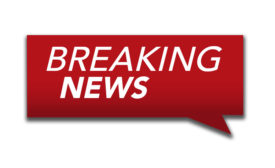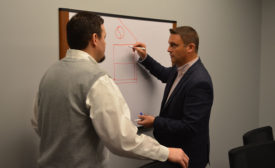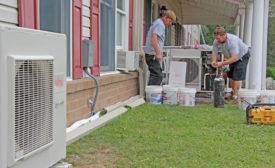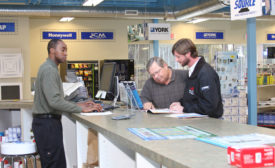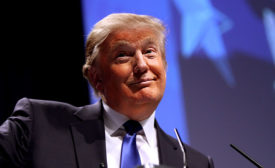Home » economic outlook
Articles Tagged with ''economic outlook''
The total global market will be worth $29.8 billion by 2021
Read More
BSRIA Forecasts Smart Home/Light Commercial Market to Grow by 20 Percent
The total global market will be worth $29.8 billion by 2021
March 30, 2017
Air Source Heat Pump Demand to Exceed $2 Billion in 2021
Comprising a significant amount of total heat pump demand
March 29, 2017
Global A/C Market to Reach $155B by 2022
By product type, region, competition forecast, and opportunities, 2012-2022
March 23, 2017
HVAC Contractors Are Bullish on 2017
Nationwide labor shortage remains the most significant concern
Read More
Manufacturers Anticipate Exceptional Growth in 2017
Economy softens, but HVAC sales improved last year
Read More
Distributors Remain Confident About the Prospects of 2017
Distributors hope strong 2016 sales continue in 2017
Read More
HVAC’s Future in a Trump-led Government
Industry experts discuss the future of HVAC under Republican-led government
Read More
HVAC Contractors Brace for a Cold, Long Winter
Natural gas prices expected to reach highest costs since winter of 2010-2011
Read More
ABC, AIA, NAHB Predict Growth Through 2017
Nonresidential construction spending growth estimated to increase 3-4%
September 26, 2016
Copyright ©2025. All Rights Reserved BNP Media.
Design, CMS, Hosting & Web Development :: ePublishing
